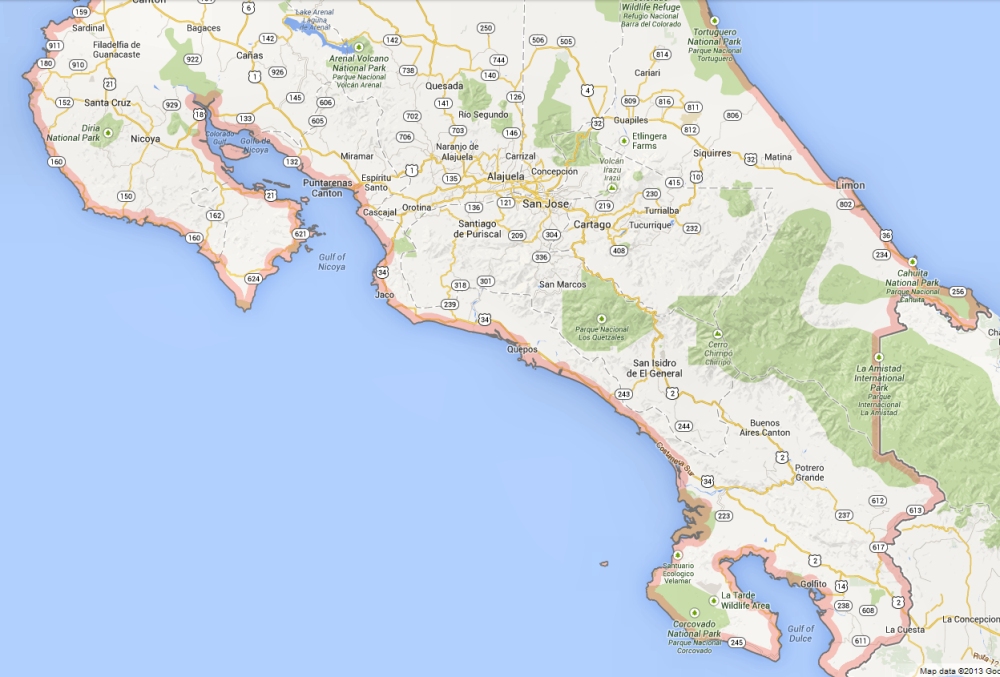|
|

|
 |
![]()

![]() To see a
larger image click on the thumbnails and then click on 'Back' on top left to
return to main page
To see a
larger image click on the thumbnails and then click on 'Back' on top left to
return to main page
This site uses cookies, by continuing to use this site you are agreeing to their use. Learn More
|
|

|
 |
![]()

![]() To see a
larger image click on the thumbnails and then click on 'Back' on top left to
return to main page
To see a
larger image click on the thumbnails and then click on 'Back' on top left to
return to main page
Gaudy Leaf Frog - Chris Wotton
















Birds seen by Jane MoyesTortuguero and environs |
|
Yellow-crowned night heron ( seen in reeds by hotel pontoons) Boat-billed heron (seen asleep in a clump of bamboo) Bare-throated tiger heron Green-backed heron (purply green back) Little Blue heron (easy to spot. Several seen) Rufescent tiger heron (this could be the same as “bare-throated”. It was not in my bird book but this is what Jorge said it was called.) White-collared heron Cattle egret (an egret is another type of heron.) Seen on fields on way to boat for Tortuguero. Perches on backs of cattle and eats invertebrates it sees moving at their feet. Great egret. The largest egret. Seen on banks at Tortuguero. Snowy egret. Very small. Black legs. Yellow feet. Easily confused with the juvenile Little blue heron, but this has yellow legs. Anhinga (in profusion) – otherwise “snake bird”. Related to cormorant. Roosts on dead trees and displays wings in the sun to dry. White Hawk (on way to Cano Blanco to catch boat to Tortuguero) Sun Grebe (on way to Tortuguero from boat) Black vulture (in profusion especially in Caribbean lowlands on way to Tortuguero) Turkey vulture (in profusion as above) Distinguished from black by grey/beige undersides on wings. Northern Jacana. Rather like a moorhen. Yellow spur on each wing. Extra long toes to walk over lily pads. Very pretty when lifts wings to show yellow undersides. Spotted sandpiper. Very shy. Seen dipping into water from a stone on bank. Elegant yellow legs and delicate stooping way of walking. Ruddy ground dove. Caribbean lowlands. On way to Tortuguero boat. White-fronted parrot. Flew in a flock. Hummingbirds (not identified) in Laguna Lodge gardens Slaty-tailed Trogon ( rain forest walk, Tortuguero)- a magnificent red, grey, green bird) Amazon Kingfisher Ringed Kingfisher Green Kingfisher Collared Aracari (huge bill, yellow breast) Keel-billed toucan (bill like half a banana) Buff-throated woodcreeper (climbing up trunk, in Laguna Lodge gardens) ? Dusky Antbird (small slaty grey bird seen low down in bush on rain forest walk. Also seen by Mary) Great Kiskadee (large noisy yellow/brown flycatcher. Seen in Caribbean lowlands on way to Tortuguero) Blue and white Swallow (in profusion flitting over the water) Montezuma Oropendula (Caribbean lowlands on way to Tortuguero). Handsome bird with red beak and yellow end feathers to tail. Make pendulous nests which hang from trees. Great-tailed Grackle. Noisy crow-like bird which perched with its mouth open Red-breasted blackbird . Seen on way to Tortuguero in fields. |















